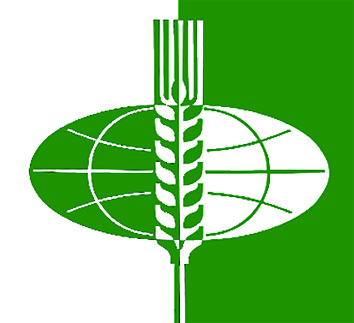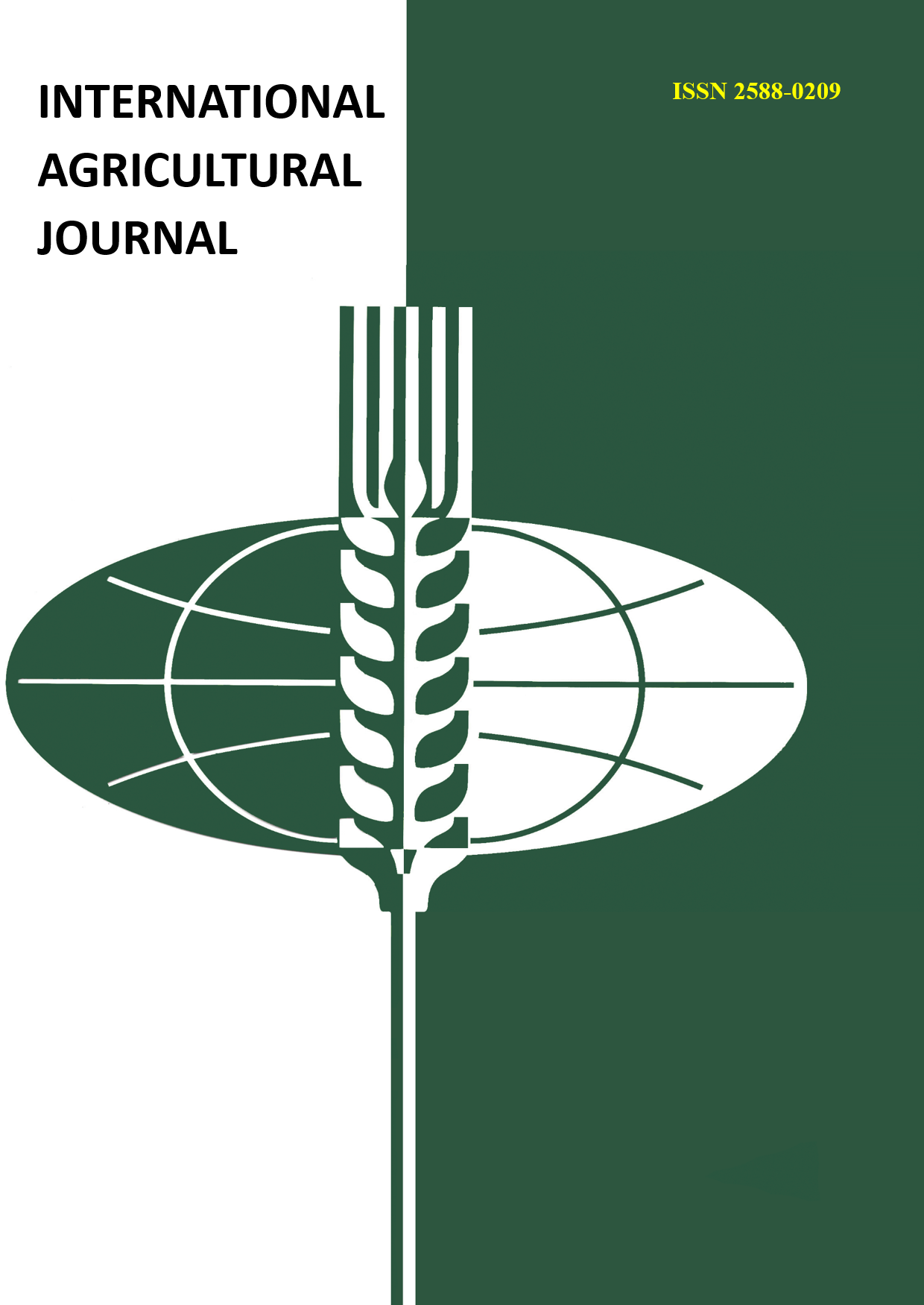Russian Federation
Russian Federation
Russian Federation
Russian Federation
Russian Federation
New technologies of phytosanitary monitoring of agroecosystems, developed on the basis of remote sensing methods and assessment of reflective characteristics of plants, make it possible to develop new approaches to identifying and quantifying damage and injury to plants by phytopathogens and phytophages. Based on the share of influence of the flag and first subflag leaves in the formation of the winter wheat yield, it is very important to competently apply fungicides prophylactically during the period of flag leaf unfolding. During this phase, the most harmful spotting of winter wheat in the moderate moisture zone is yellow spot. Traditional methods of phytosanitary monitoring by route surveys and visual inspection of plants allow us to draw conclusions about the phytosanitary condition of agricultural crops to make a technological decision on protecting the crop from diseases. However, they are often too labor-intensive. Research conducted using a quadcopter equipped with a DJI Phantom 4 Multispectral camera, with an analysis of the main sections of the spectrum in which changes are possible at different stages of the course of yellow spot, showed that as the development of the disease and tissue necrosis increases, photosynthetic activity slows down due to the destruction of chlorophyll. The associated changes in the mesophyll of the leaf blade affect the reflectivity of plants, namely: as the disease intensity indicator increases, the value of the spectral brightness coefficient increases. A more variable section of the spectrum for studying yellow spot is the red range. The processes of changing spectral images require further study.
ozimaya pshenica, zheltaya pyatnistost', fitosanitarnyy monitoring, rasprostranennost' i razvitie bolezni, koefficient spektral'noy yarkosti














